We continue to be impressed by the way NZ takes care of its natural resources. Jan14 we drove about an hour north to Tawharanui Regional Park and spent the day hiking, having a picnic and birdwatching.
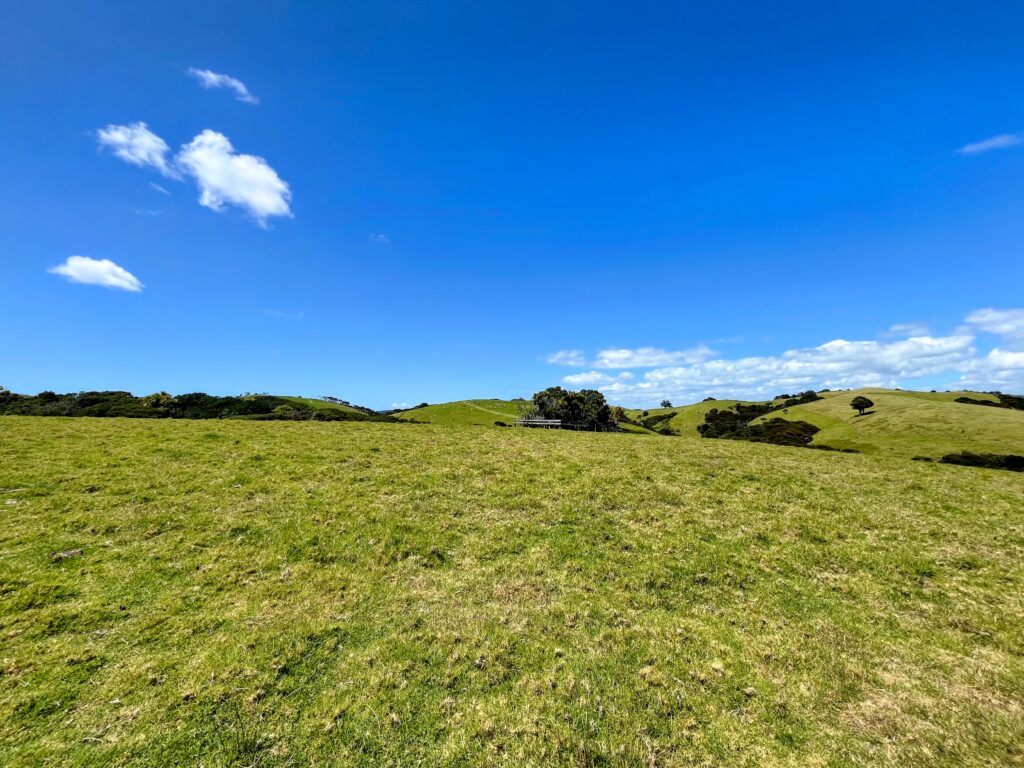
Much of the park is pasture lands where each section is fenced off and sheep are rotated to the various areas.
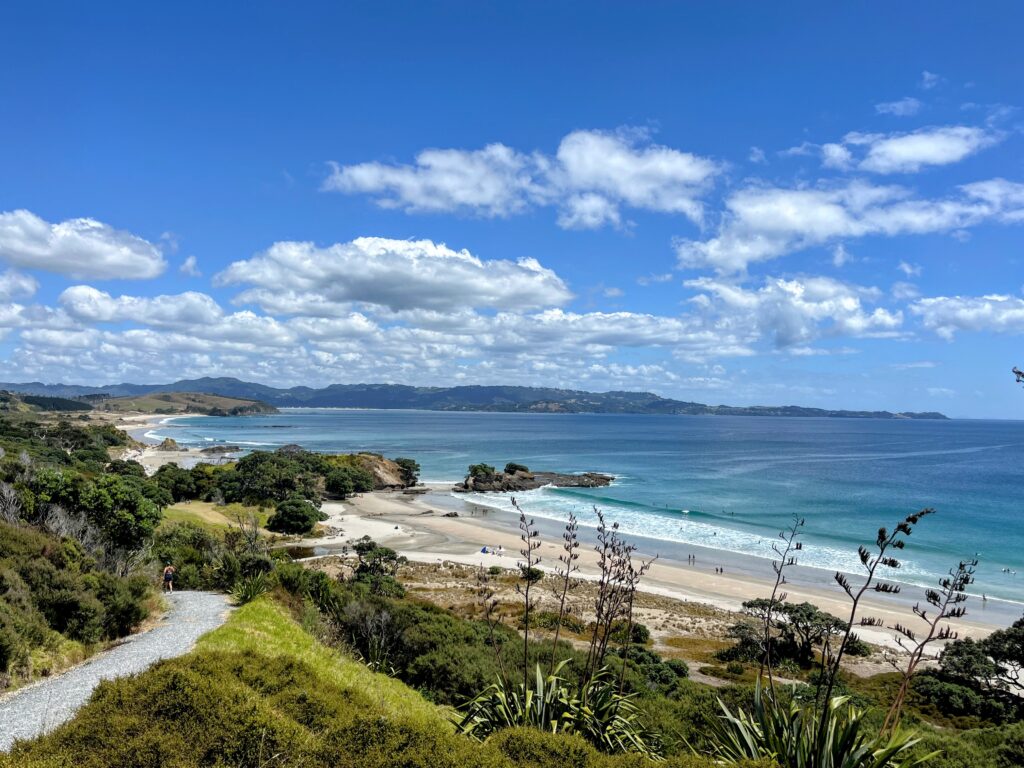
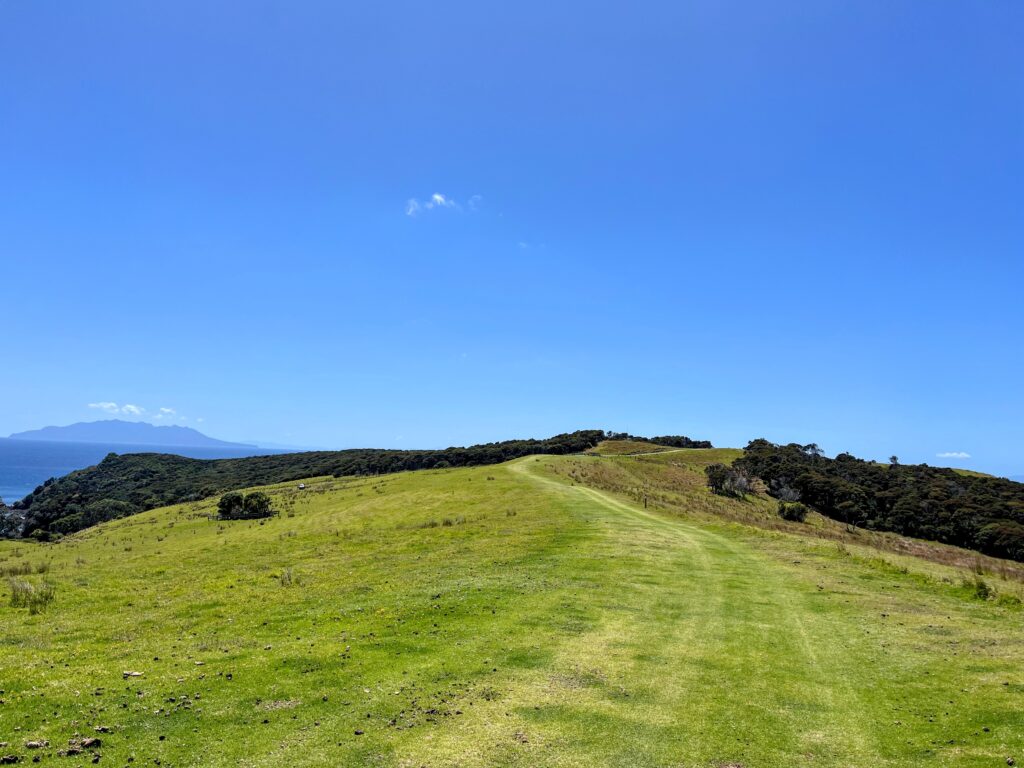
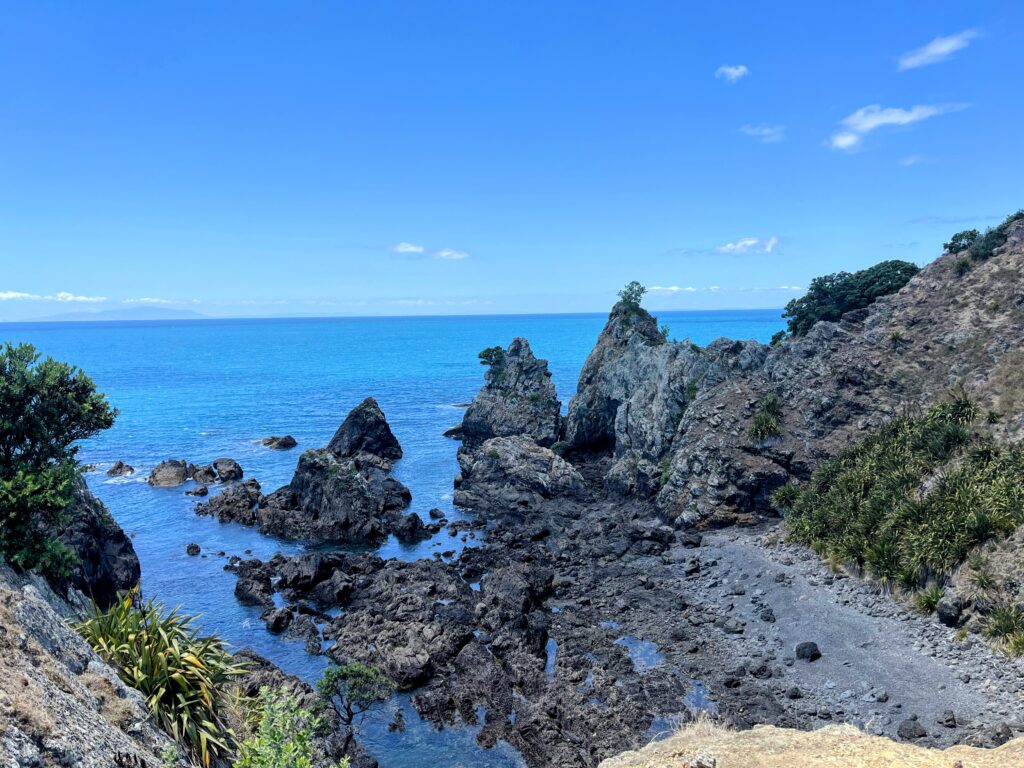
We stopped for lunch on an overlook where we could see for miles up and down the coast.
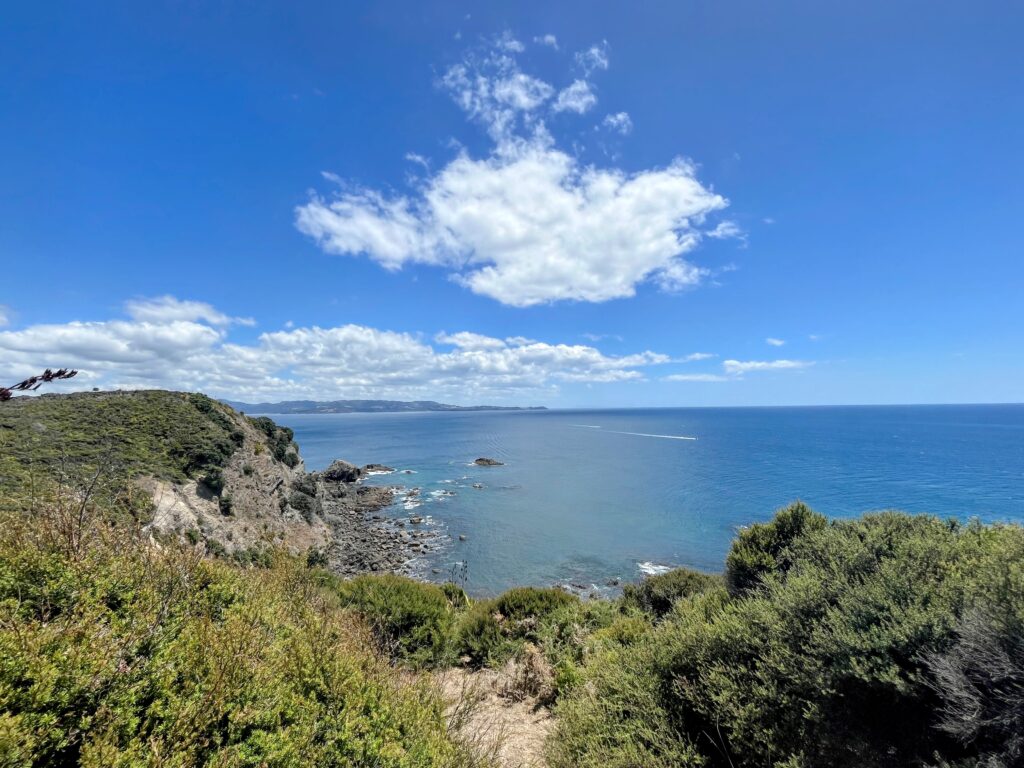
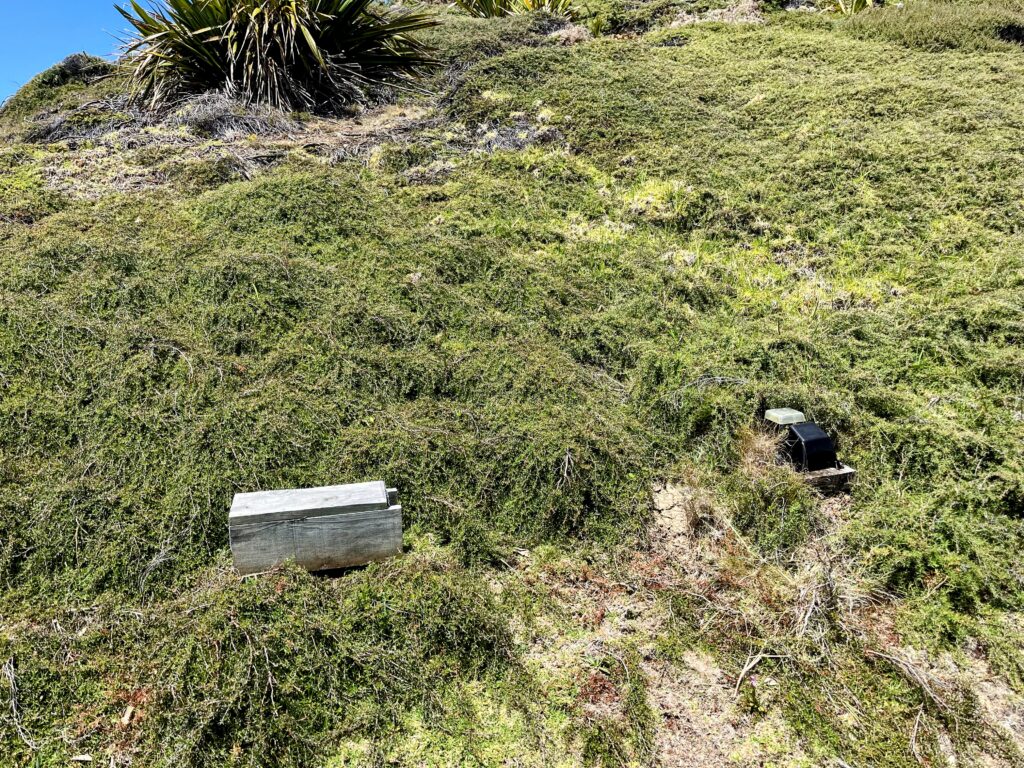
All the parks work hard at eliminating pests. Here are two traps for catching different sized animals
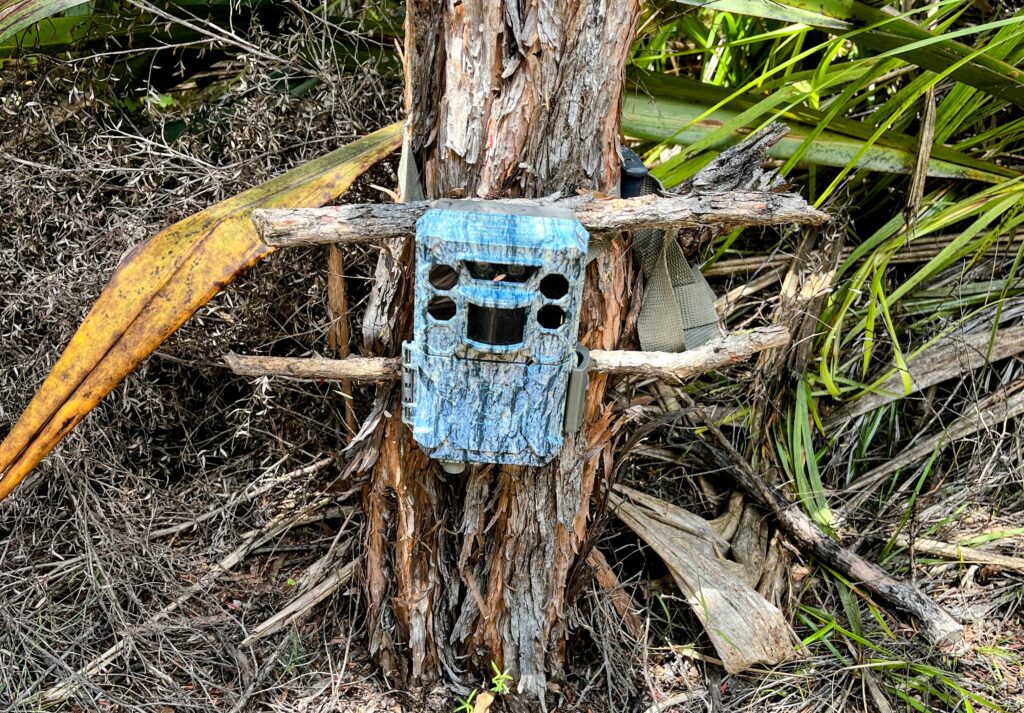
Cameras watch the trails and capture a few stills every time an animal walks by.
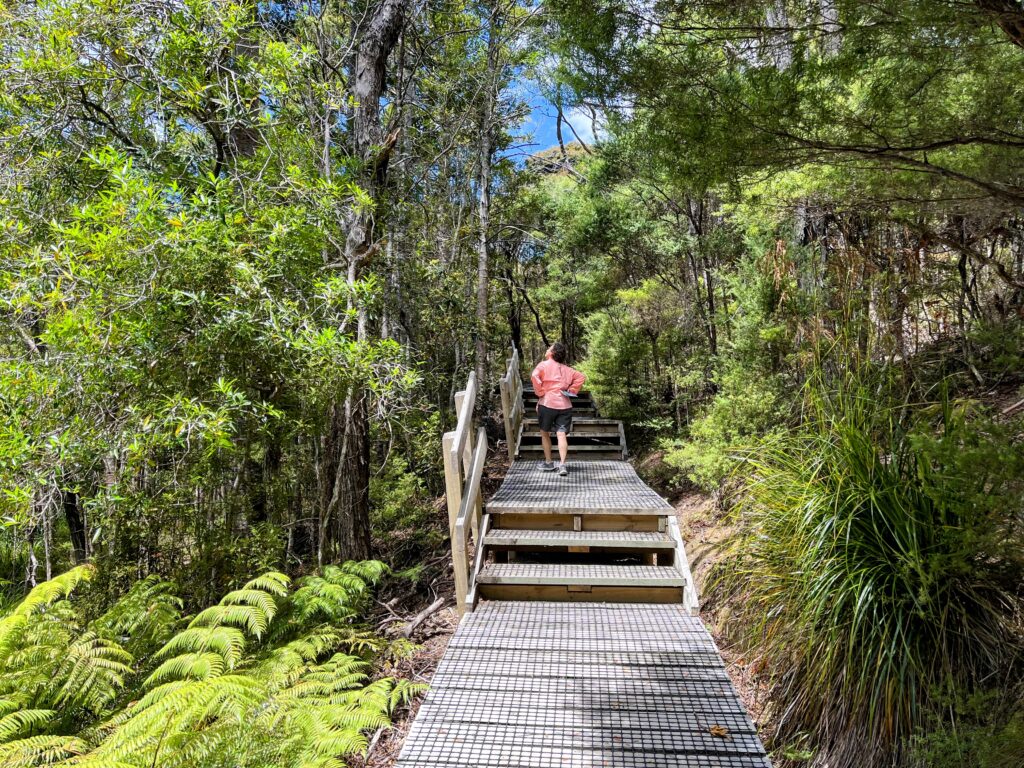

Rabbits were introduced by the settlers as a food source but they quickly became too numerous, out-competing native animals for food. The park service shoots more than 70,000 rabbits each year and is slowly reducing their number.
Jan15 – We took a day trip to Te Hawere-a-Maki / Goat Island, about an hour north, up the east coast. The island probably never had goats on it, but they used to name a place ‘Goat Island’ if it was an island with no reliable fresh water. That made sense to the settlers because goats were the only live-stock that could live there.
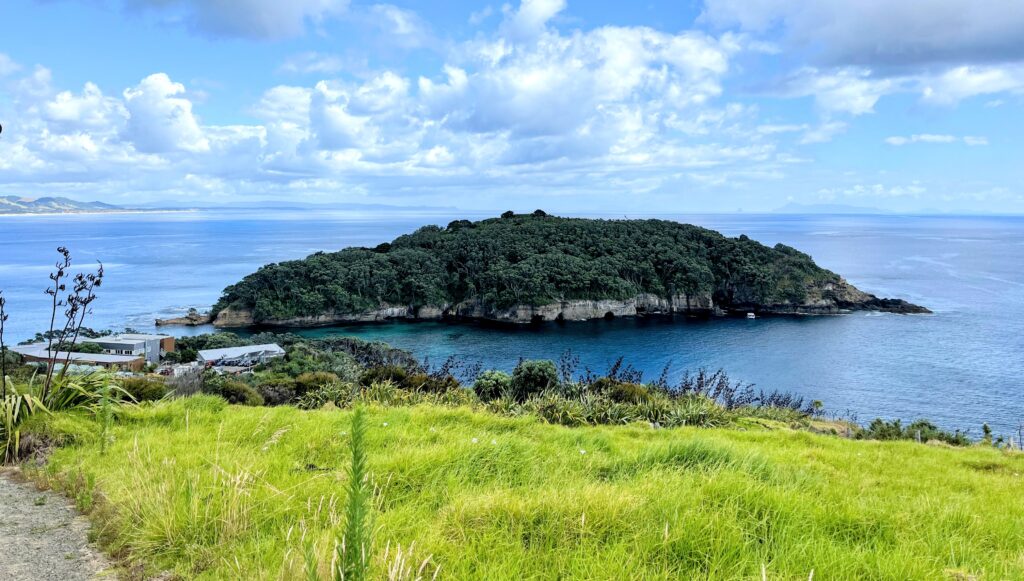
The island is about 100 meters off the mainland. On the left you see the Goat Island Marine Discovery Center which is an Auckland University Marine Biology campus.
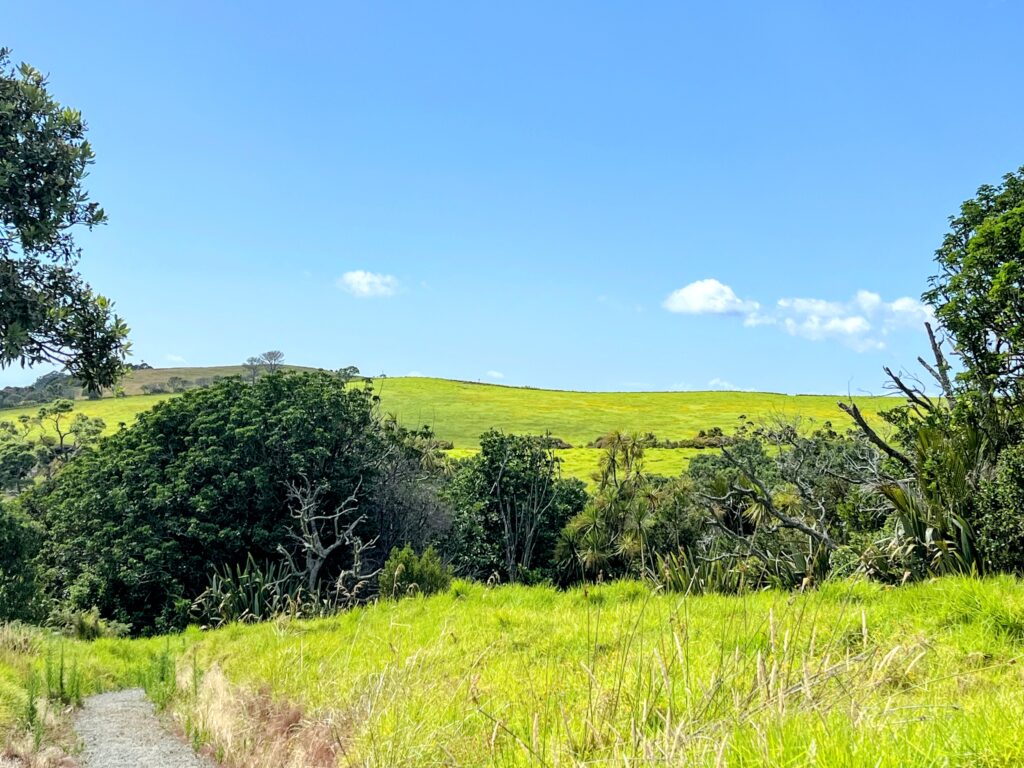
We took a hike of about 3 miles along the shore. Beautiful green pasture land, great views of the coast and some ‘through the jungle’ sections as well.
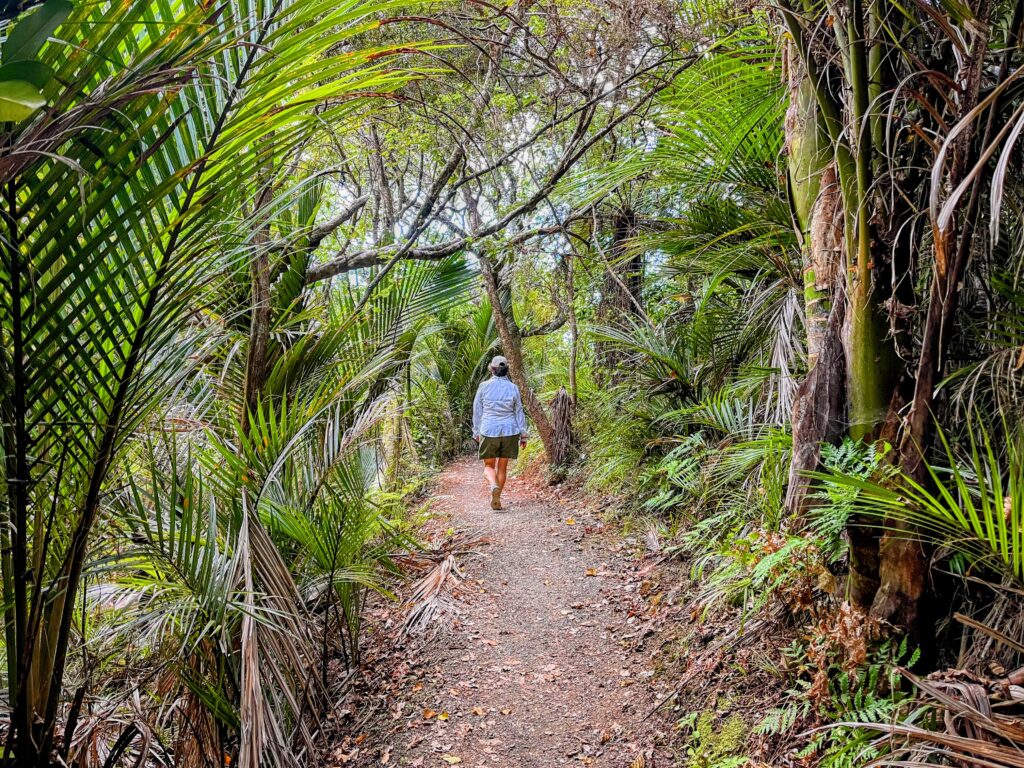
We spent some time with our bird books and using the Merlin Bird ID app that identifies birds by their call. We are getting better and learning more of the local birds.
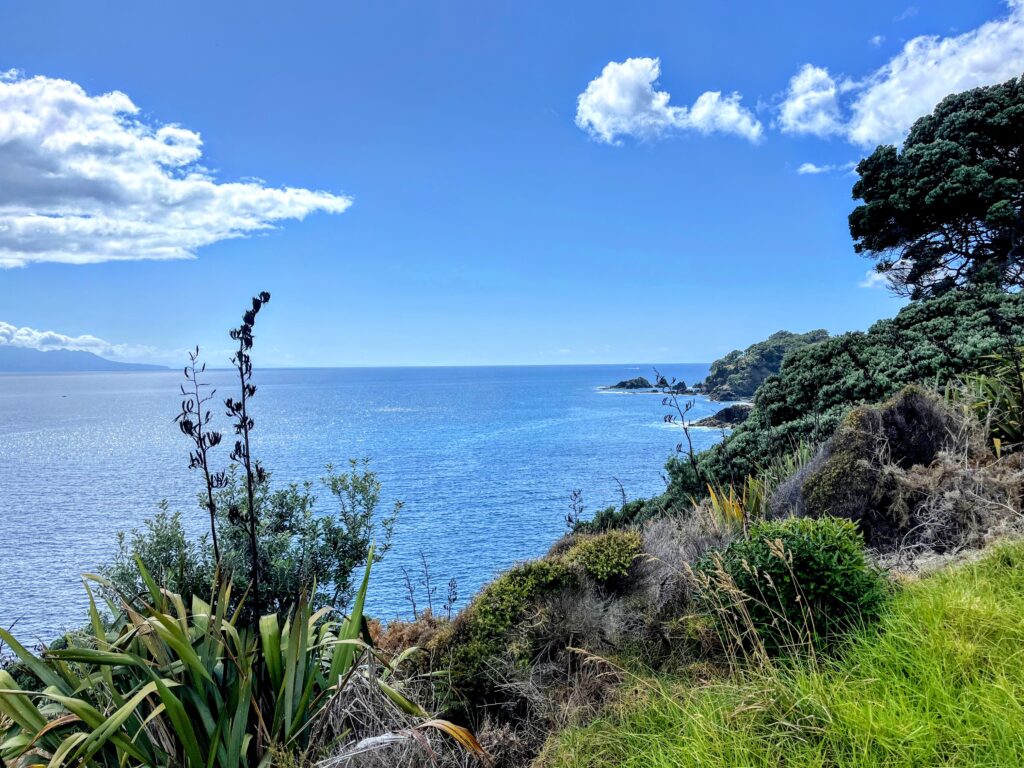
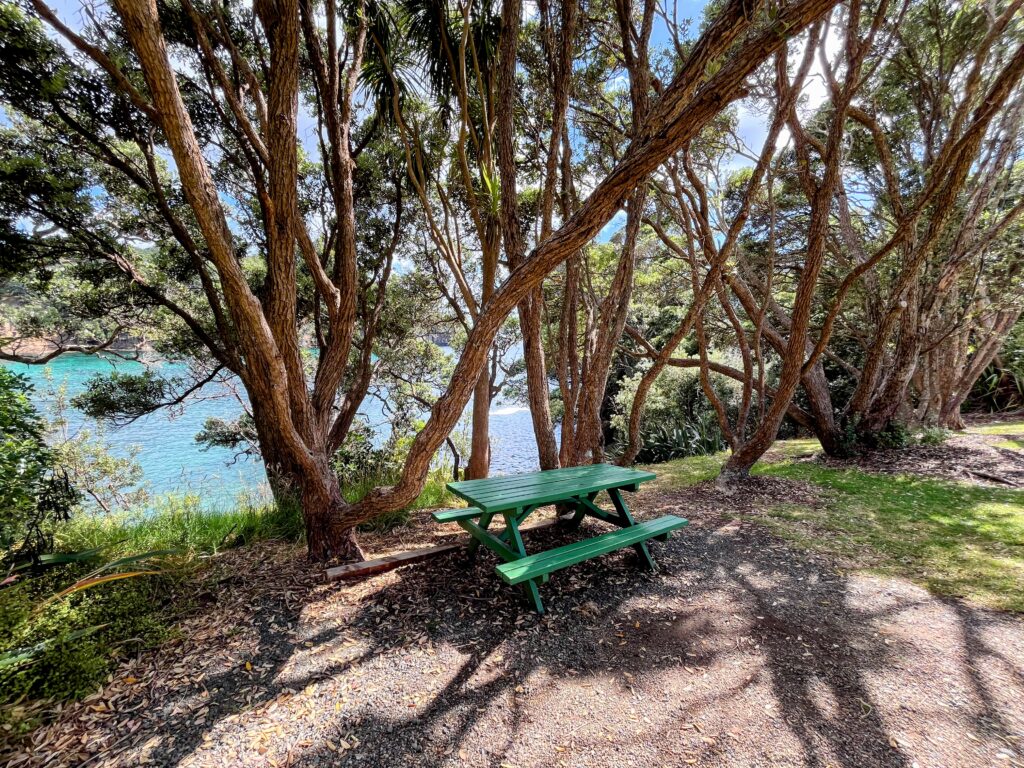
After the hike, it was time for lunch. We found a great picnic table, overlooking the water.

After lunch, we rented a clear kayak and went out in the channel between the shore and the island. Conditions were just OK, but we still saw a number of large snappers and lots of seaweed.
After the drive home, we got ice cream from the ice cream & coffee trailer on the beach and took a walk, ooggling the beautiful homes on Manley Beach. We also sat and watched several very skillled foiling wing-boarders fly back and forth, just off the beach.
Jan16 we headed out to the west coast for the first time, visiting Murawai with its Gannet Colony
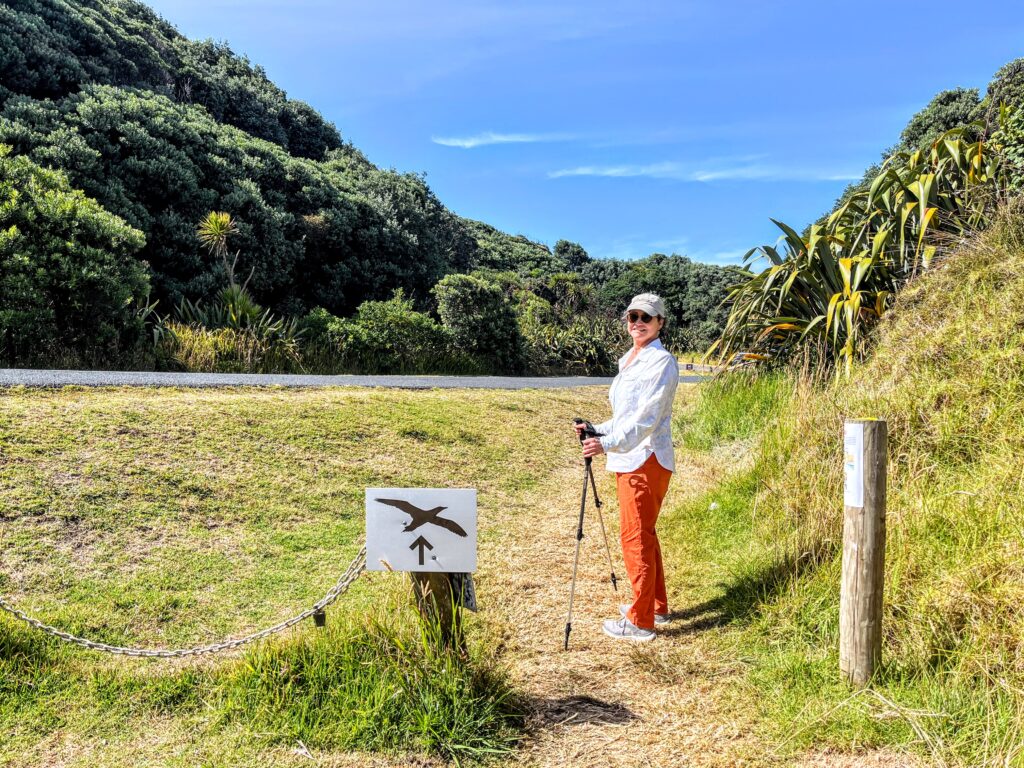
The trail to the gannet colony was well marked.
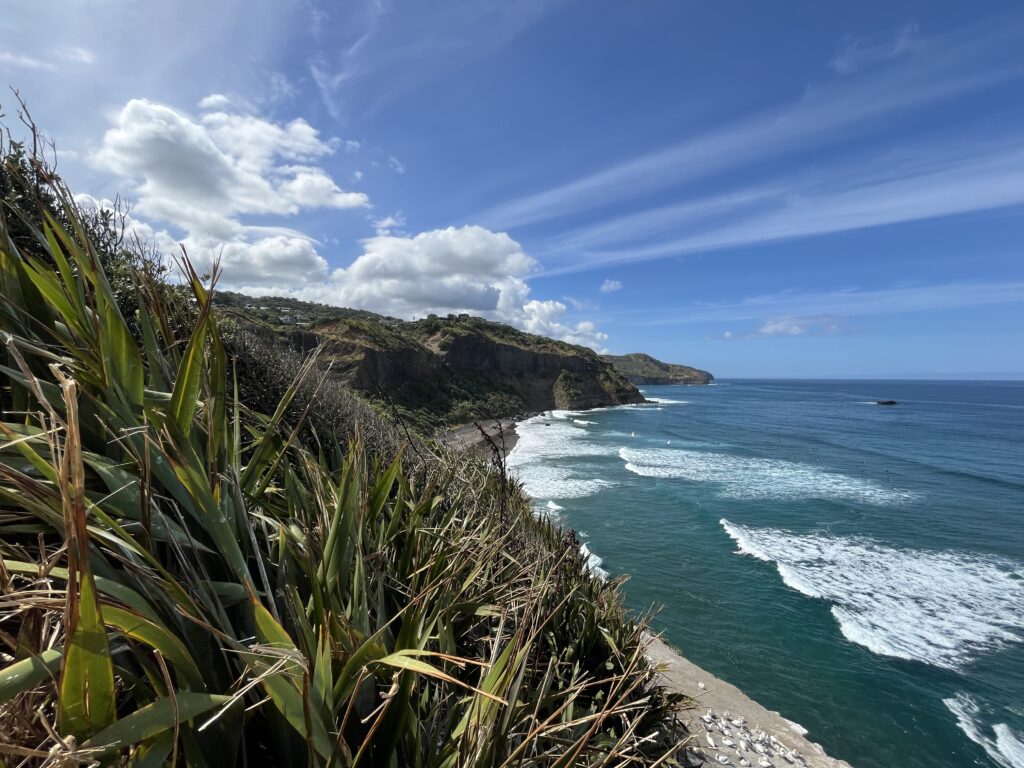
With some beautiful views along the way.
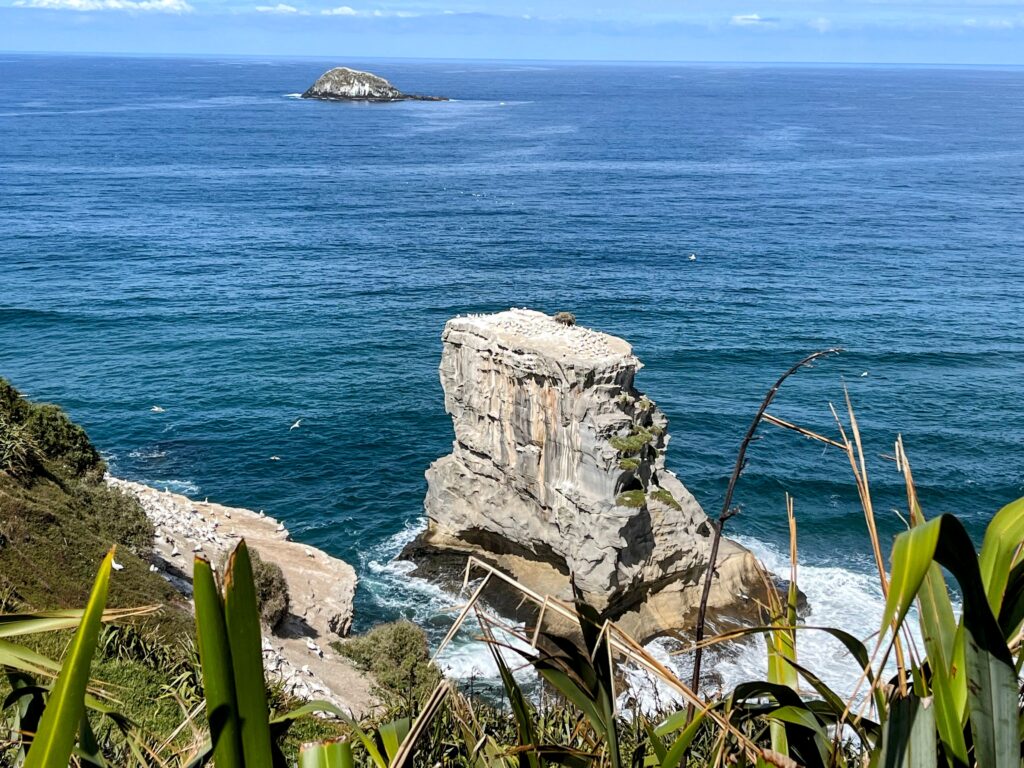
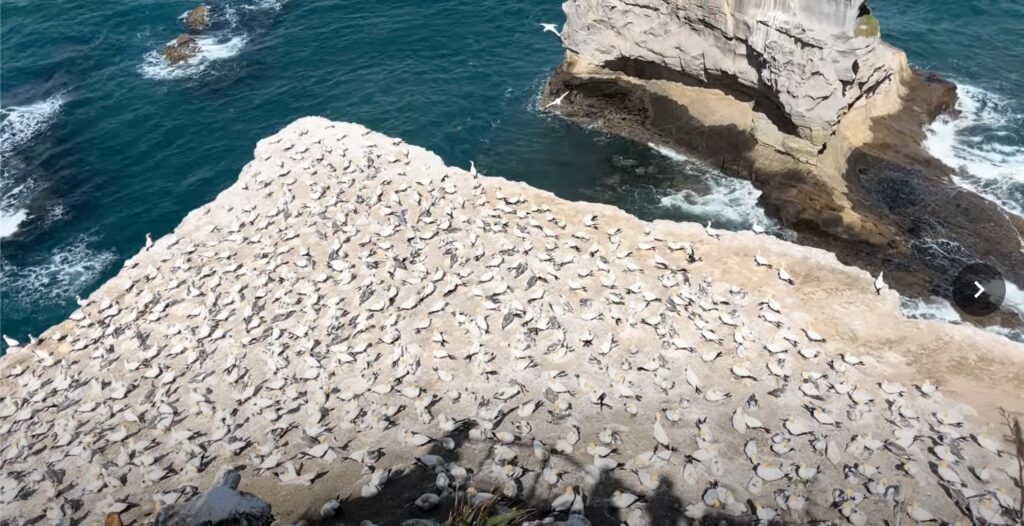
The majority of the gannets were ‘family units’ with two adults and either a chick or a juvenile. One of the parents often left to get food and returned a while later to feed their offspring. When the parent returned, there was an elaborate ritual with the two parents together bobbing their heads on one side, then the other of each other’s neck. Then they’d tap each other’s beak, like sword-fighting with their beaks. After a few minutes, the young would get in the way and start demanding food. A few minutes later, the adult opens their beak and the young sticks its beak and head inside and the adult barfs up some food. Yum!
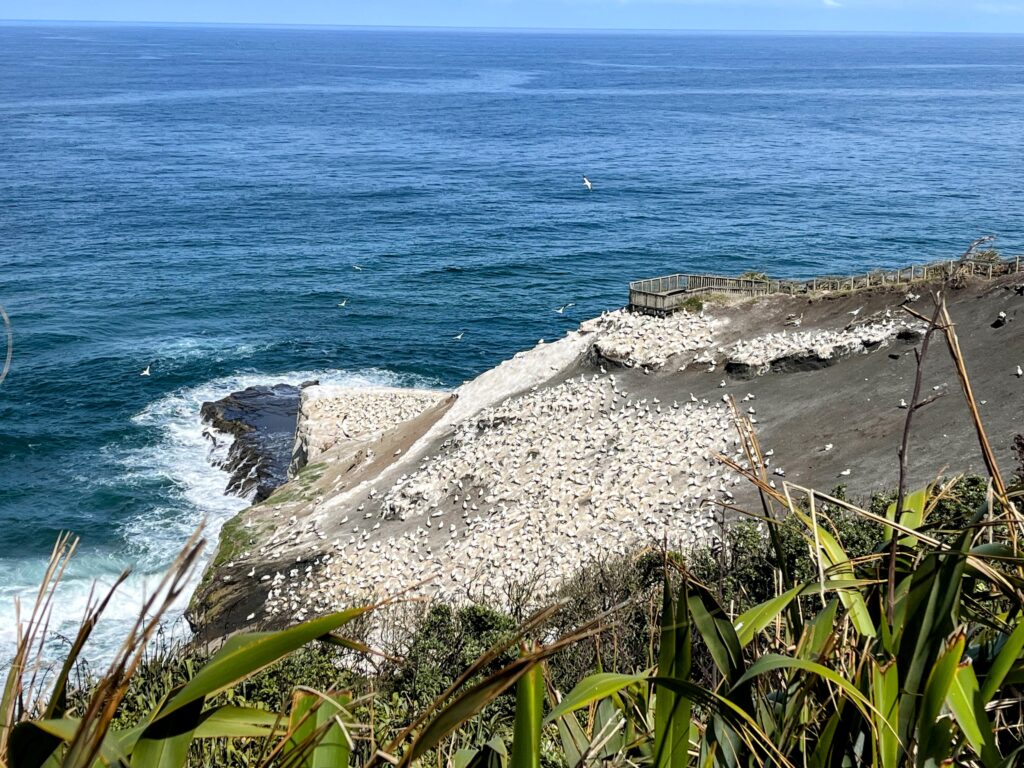
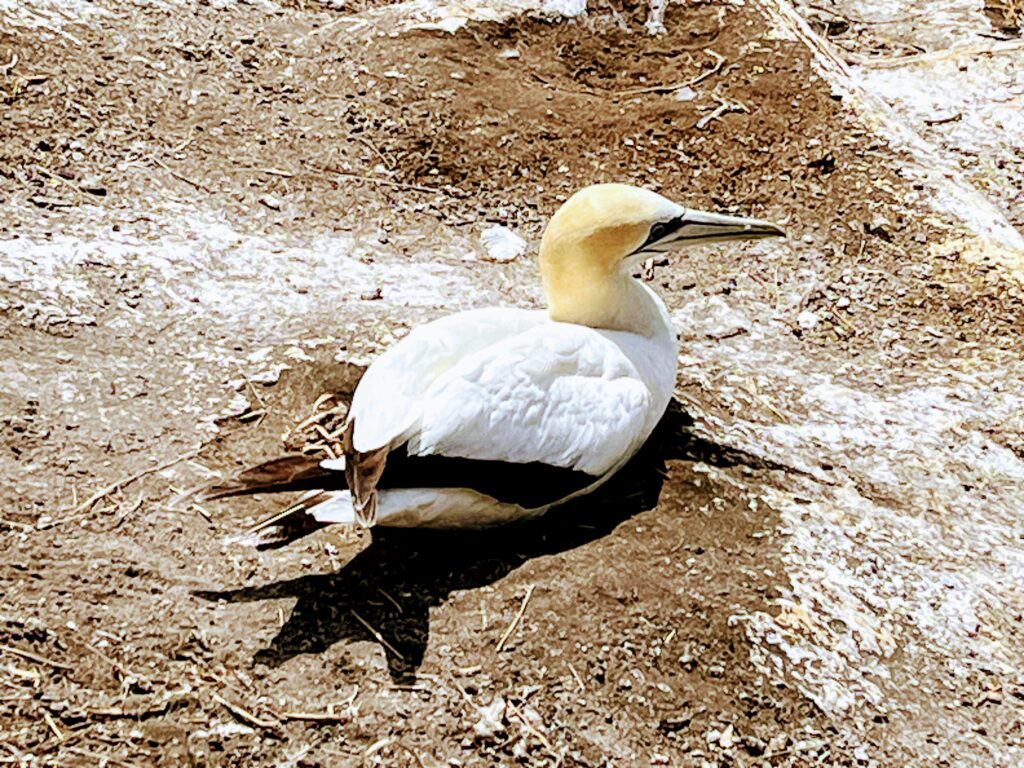
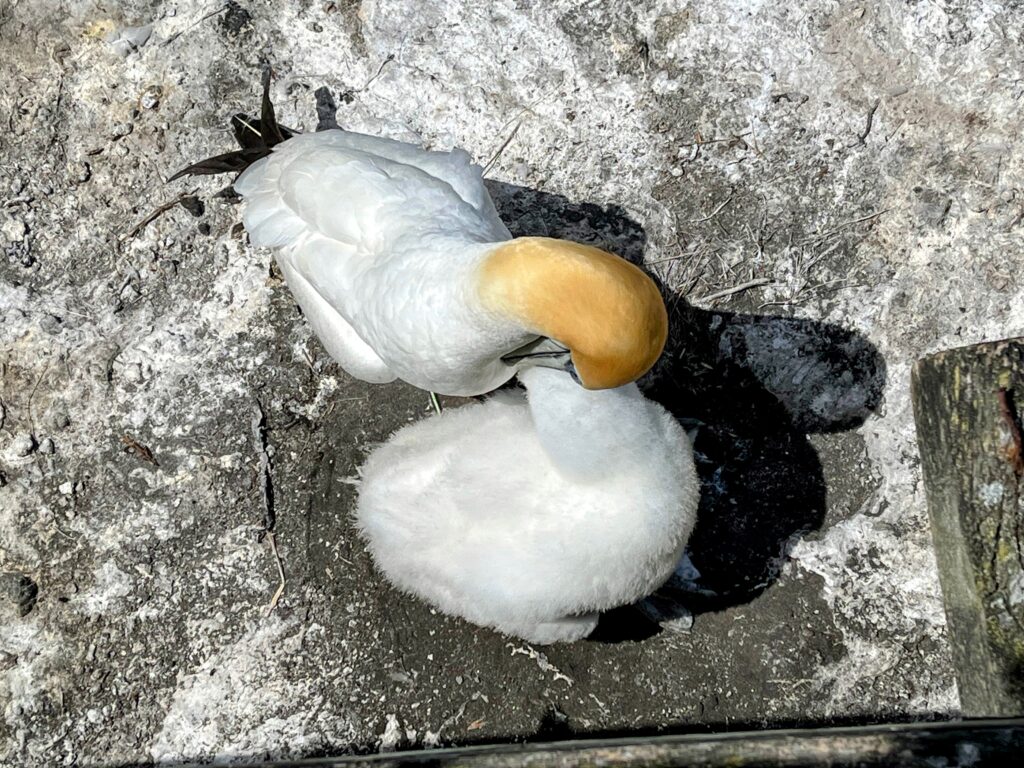
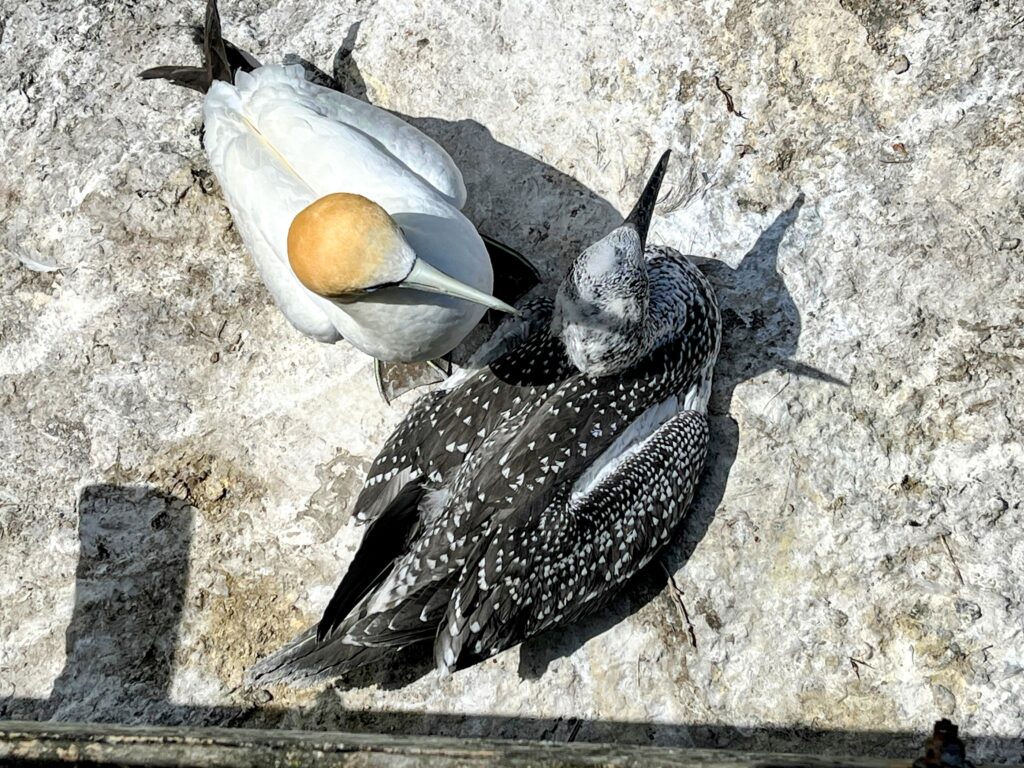
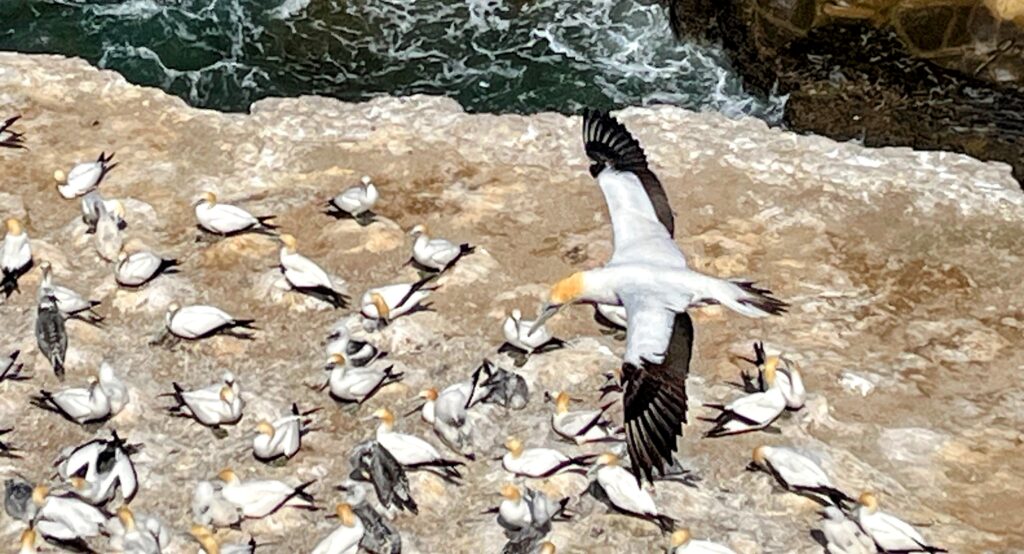
Gannets are ‘pelagic’ meaning they spend most of their life out over the deep ocean. They only return to land for nesting. They are great flyers and can sleep half of their brain while in flight. When feeding, they may dive from over 60 meters high and hit the water going 120 km/hr. Amazing animals!